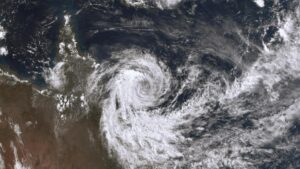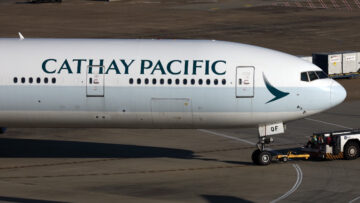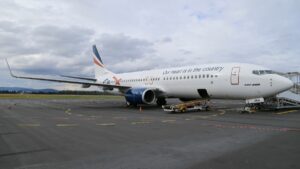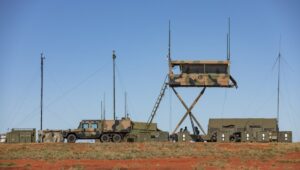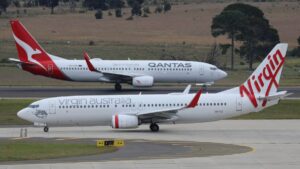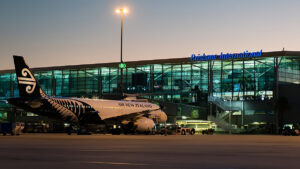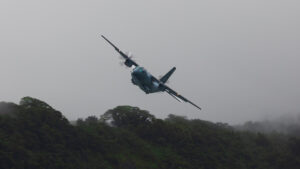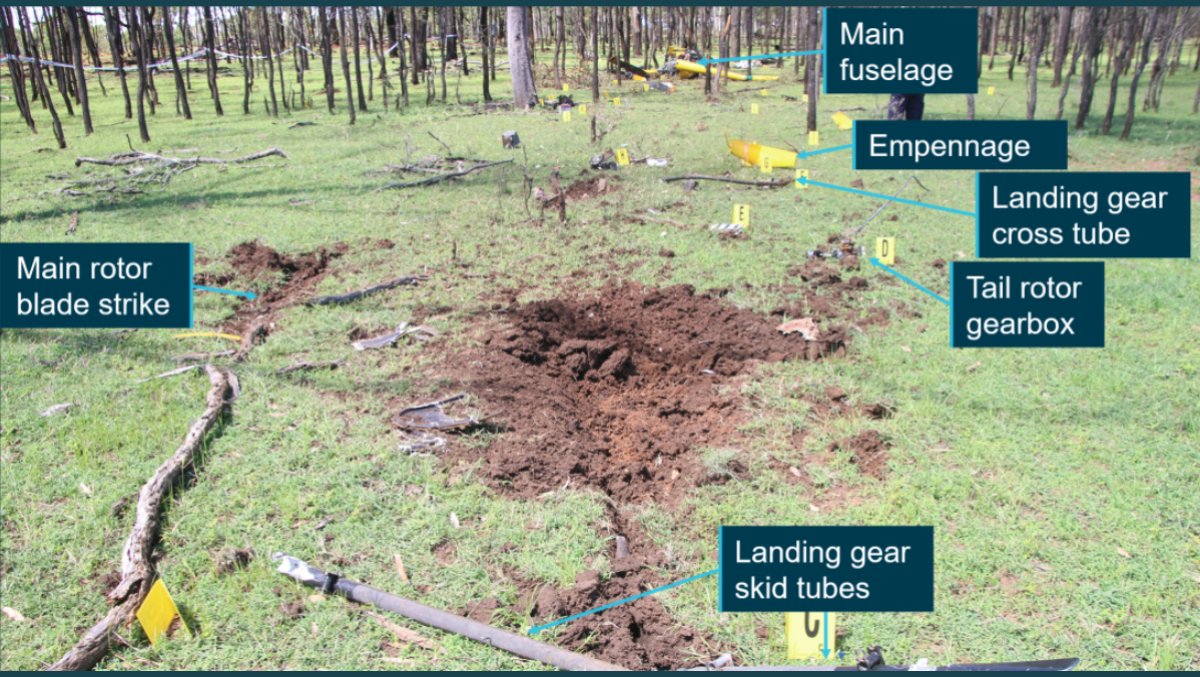
An elderly R22 pilot who died in a fatal crash ignored warnings not to fly at night because he wanted to find missing family members.
An ATSB investigation into the incident in North Queensland in 2011 revealed Kenneth Anning, 84, didn’t hold a night visual flight rules (VFR) rating or even have any night flying experience.
However, the well-known grazier decided to continue his search because he was anxious his relatives hadn’t arrived at his station when he expected them to.
Anning’s helicopter eventually made contact with a powerline – blacking out the light from the ground below – before crashing into trees and then the ground.
The ATSB’s director of transport safety, Dr Stuart Godley, revealed different individuals at two stations he stopped at en route advised him to discontinue the journey because of the bad weather and poor light.
“However, the pilot elected to continue to their planned destination, taking off from Wongalee five minutes before last light,” said Dr Godley.
The full report reveals how on the morning of 11 February 2021, the pilot was briefly visited at his Reedy Springs homestead, south-west of Townsville, by close family members who were moving cattle by truck to an adjacent property.
They advised that they may visit again later during their return journey if time allowed, although stormy weather in the area could prevent this.
PROMOTED CONTENT
At 4pm, Anning started getting anxious when his family members had not arrived at the station as expected and flew to a nearby area to look for them.
Attempting to return to Reedy Springs, he became lost and landed at Camden Park Station, then Wongalee Station, to refuel and get directions.
Twenty-nine minutes after the last light, the helicopter contacted a powerline, which resulted in a loss of ground lighting in the direction of the flight.
“Then, shortly after turning to follow an unsealed road in overcast, moonless conditions, the helicopter departed the road after a bend before flying over open grassland and colliding with trees and terrain in a left bank, nose-down attitude.”
Conditions on the night of the accident were overcast, and just 1 per cent of the moon was illuminated. The severed powerline – which had been supplying electricity to a nearby station – further reduced the amount of ground lighting available to the pilot, who was already operating in a sparsely-populated area.
“Based on the nature and location of the wire strike, and accident location, it was very likely that the pilot was flying at a low altitude, tracking over a sealed road, then an unsealed road, in an effort to navigate back to their property.”
Dr Godley said the accident highlighted the inherent high risk of night flying in remote areas due to the absence or degradation of the visual references for establishing an aircraft’s attitude and position.
“Day visual flight rules (VFR) pilots need to plan to arrive at their destination at least 10 minutes before last light – and to not take off after this time under any circumstances.”
- SEO Powered Content & PR Distribution. Get Amplified Today.
- Platoblockchain. Web3 Metaverse Intelligence. Knowledge Amplified. Access Here.
- Source: https://australianaviation.com.au/2023/02/elderly-pilot-died-at-night-flying-to-find-missing-family/
- 1
- 10
- 11
- 2011
- 2021
- 84
- a
- accident
- After
- already
- Although
- amount
- and
- AREA
- areas
- attitude
- available
- back
- Bad
- Bank
- because
- before
- below
- briefly
- circumstances
- Close
- COM
- conditions
- contact
- continue
- could
- Crash
- Crashing
- decided
- destination
- died
- different
- direction
- Director
- during
- effort
- Elderly
- elected
- electricity
- establishing
- Even
- eventually
- expected
- experience
- family
- family members
- February
- Find
- flight
- flying
- follow
- from
- full
- Full Report
- further
- get
- getting
- Ground
- helicopter
- High
- Highlighted
- hold
- How
- HTTPS
- in
- incident
- individuals
- inherent
- investigation
- IT
- journey
- Last
- light
- Lighting
- likely
- location
- Look
- loss
- Low
- made
- Members
- minutes
- missing
- Moon
- morning
- moving
- Nature
- Navigate
- Need
- night
- North
- open
- operating
- Park
- pilot
- Pilots
- plan
- planned
- plato
- Plato Data Intelligence
- PlatoData
- poor
- position
- prevent
- property
- rating
- Reduced
- references
- relatives
- remote
- report
- return
- Revealed
- Reveals
- Risk
- road
- Route
- rules
- Safety
- Said
- Search
- Shortly
- started
- station
- Stations
- stopped
- strike
- supplying
- Take
- taking
- The
- The Area
- their
- time
- to
- Tracking
- transport
- Trees
- truck
- Turning
- under
- visited
- wanted
- Weather
- well-known
- which
- WHO
- Wire
- zephyrnet



